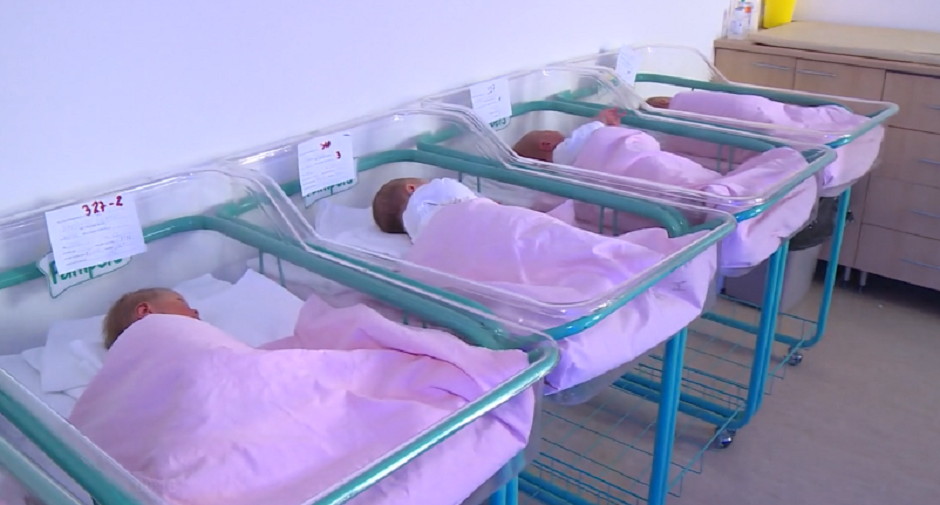
The Croatian Public Health Institute (HZJZ) released a report this week on the numbers of births in the country in 2017, which indicate that the negative birth rate trends have continued.
During 2017, there were close to 36,600 babies born in Croatia, which is almost a thousand less compared to 2016, when nearly 37,500 were born. In addition, the 2017 figure represents a record low in the 21st century.
Compared to 2009, which saw about 44,500 babies born - a record high in this century - Croatia had experienced a decline every year. Croatia today has more than 7,000 newborns less per year than ten years ago. The drop in births was in full swing during the recession years, when between 2009 and 2013 the number of newborns fell by 4,000 per year.
In terms of age of mothers, the largest portion - 34 percent - were women aged 30-34, followed by women 25-29 years of age (28 percent), and women 35-39 years of age (18 percent).
Overall, the number of births by younger women has been declining over the years, with births by older women on the increase, which is attributed to the limited socio-economic opportunities because of which youths gain employment increasingly later in life, meaning they also buy homes increasingly later - both of which are seen as prerequisites for starting a family with children.
Increasingly lower portion of children born to women under 20 years of age with higher proportion of children born to women over 35 has also been recorded in countries neighbouring Croatia. In Croatia, the number of babies born to women aged 30-34 was larger than those born to women aged 20-24 for the first time in 2005, and the difference has been growing ever since, tportal reported.
Follow N1 via mobile apps for Android | iPhone/iPad | Windows| and social media on Twitter | Facebook.
Kakvo je tvoje mišljenje o ovome?
Pridruži se raspravi ili pročitaj komentare



 Srbija
Srbija
 Bosna i Hercegovina
Bosna i Hercegovina
 Slovenija
Slovenija







